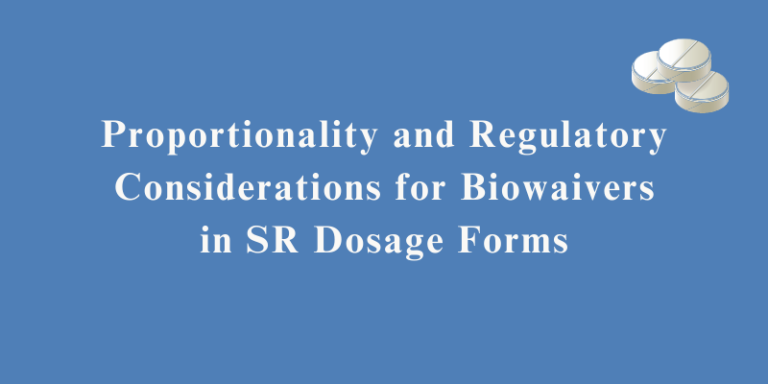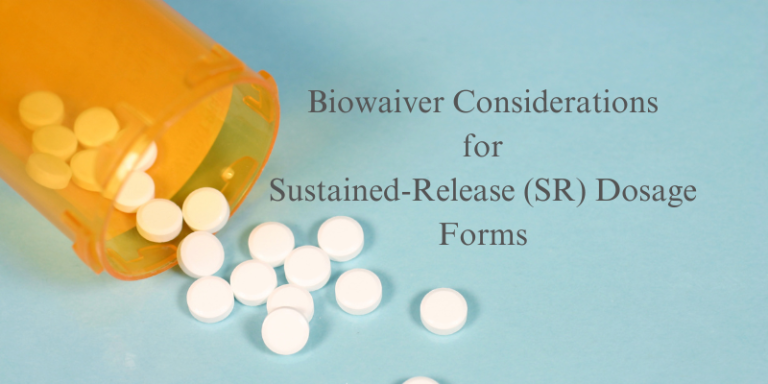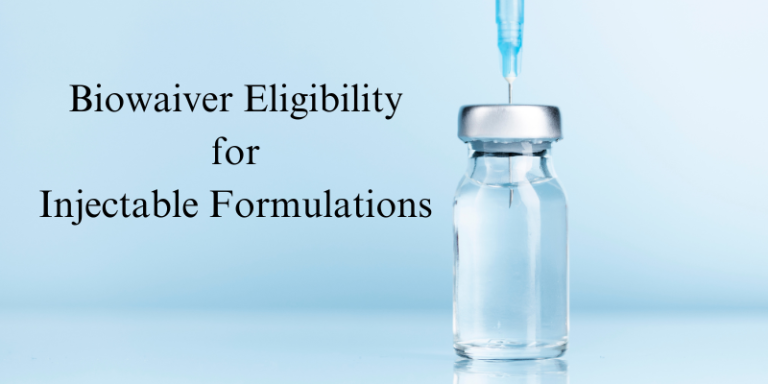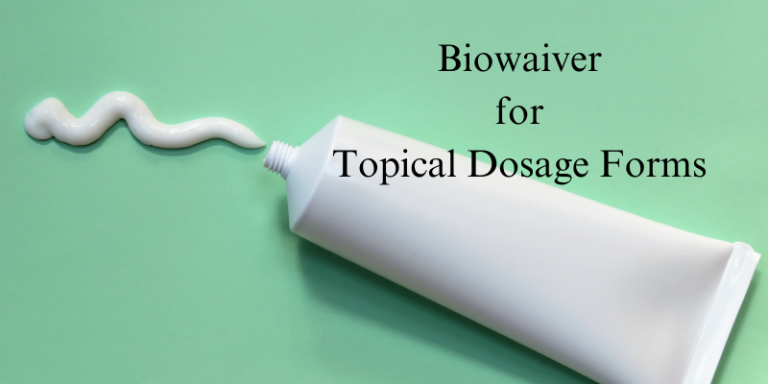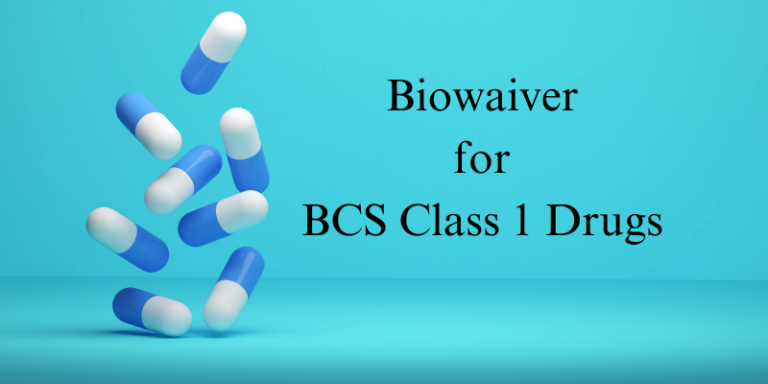Proportionality and Regulatory Considerations for Biowaivers in SR Dosage Forms
For SR formulations, the rate-controlling polymer plays a crucial role in drug release. When seeking a biowaiver for a lower strength, regulatory agencies assess whether the polymer content is proportional or if adjustments impact drug release. Proportionality of Rate-Controlling Polymer Across Strengths Lower strengths may qualify for a biowaiver if the polymer-to-drug ratio remains the…

